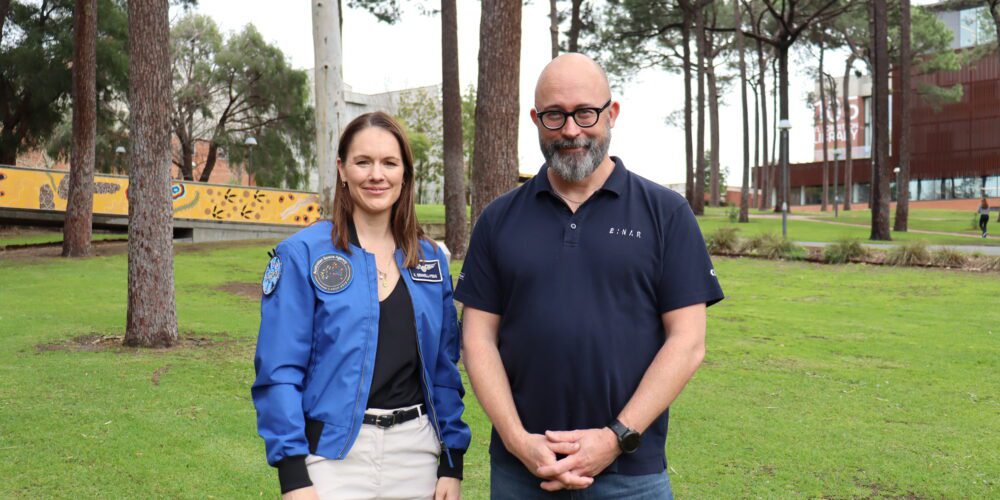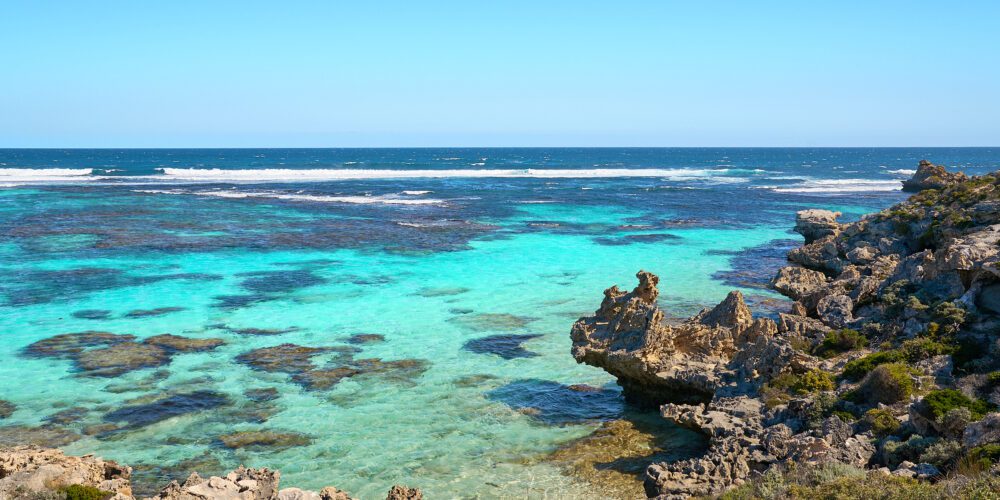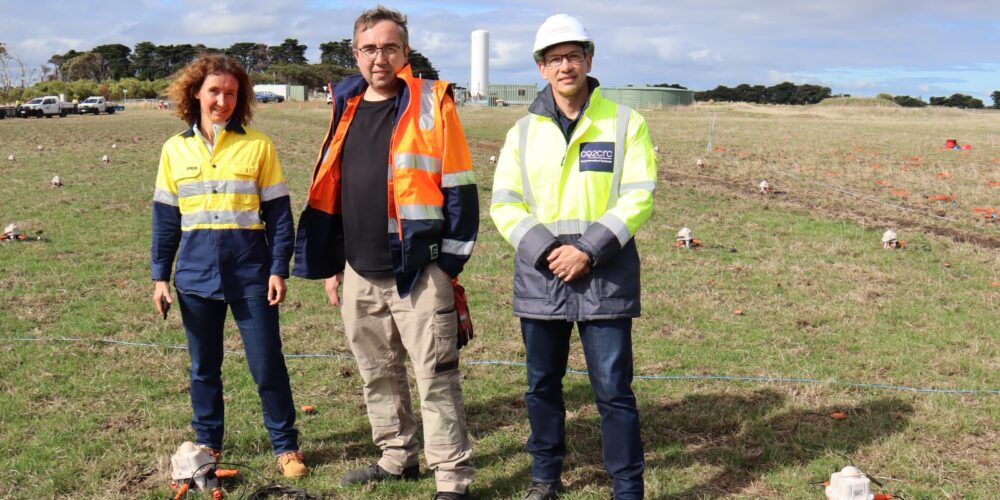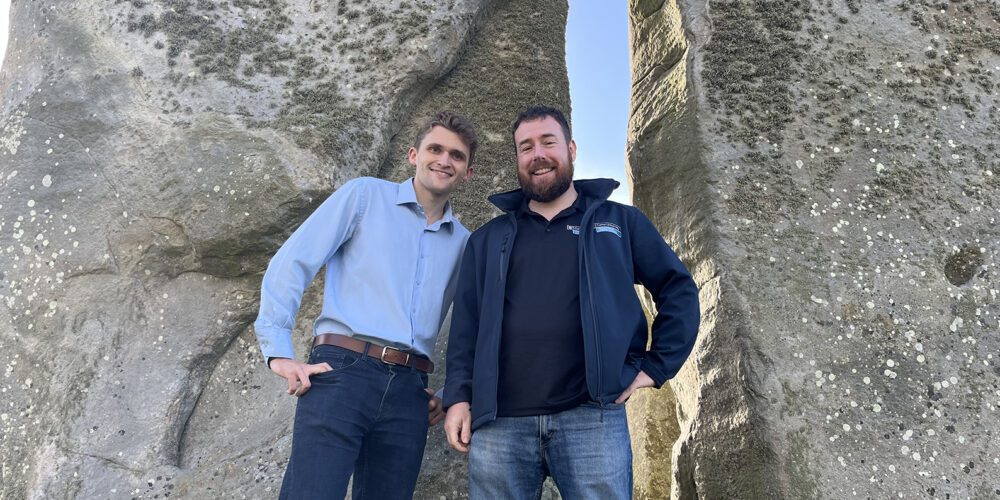Australia’s first astronaut over the moon about WA satellites’ deployment

A trio of Western Australian satellites is currently orbiting the earth after the successful deployment of Curtin University’s Binar 2,3 and 4 from the International Space Station.
After launching from Cape Canaveral in Florida and docking at the International Space Station earlier this month, the Binar team from the Space Science Technology Centre in the School of Earth and Planetary Sciences gave astronauts the final order to release the satellites – known as CubeSats – at a special viewing event with Curtin staff and representatives from the Department of Jobs, Tourism, Science and Innovation.
Also taking a keen interest was Katherine Bennell-Pegg, the first astronaut trained under the Australian flag and the nation’s first female astronaut, who is in Western Australia for a community engagement tour.
Ms Bennell-Pegg praised the Binar team for the accomplishment.
“It is a real thrill to be in Western Australia, engaging with the growing local space industry, when this fantastic feat unfolded,” Ms Bennell-Pegg said.
“Congratulations to the Binar team and Curtin on this achievement, which is testament to the hard work I’ve been able to see a snippet of first-hand this week.
“It’s been a massive month for Australia in space, with the Binar mission and three other satellites going into orbit. It demonstrates the ongoing momentum in our sector, as more of our organisations put runs on the board and deliver technology that ultimately benefits our lives here on Earth.”
The satellites are currently travelling at 28,000km/h, orbiting the earth once every 90 minutes. Their mission will end in 9-12 months in a ball of flames as the satellites re-enter Earth’s atmosphere.
Before their fiery demise, the CubeSats will send data to CSIRO, Australia’s national science agency, on how well its radiation shields work while WA-based company AVI will test its spacecraft communications system while the satellites are in orbit.
Binar principal investigator, John Curtin Distinguished Professor Phil Bland, said the deployment was a significant milestone for the team and for WA’s contribution to the global space industry.
“These CubeSats are among the most advanced satellites in the world in their class and they were entirely designed and built in WA, carrying a WA industry payload,” Professor Bland said.
Over the next 12 months the Binar team plans to initiate a new project with bigger spacecraft and a world-leading, WA-designed propulsion system.
Professor Bland said this new mission could be capable of providing daily updates for bushfire prediction and urban heat islands.
“As a university spacecraft research and development program, one of our primary roles is to drive innovation,” Professor Bland said.
“The BinarX team will also work with students from nine WA high schools to build payloads to fly on the next mission.
“When you combine all of these elements, it shows we have everything in place to support a thriving WA space ecosystem.”



